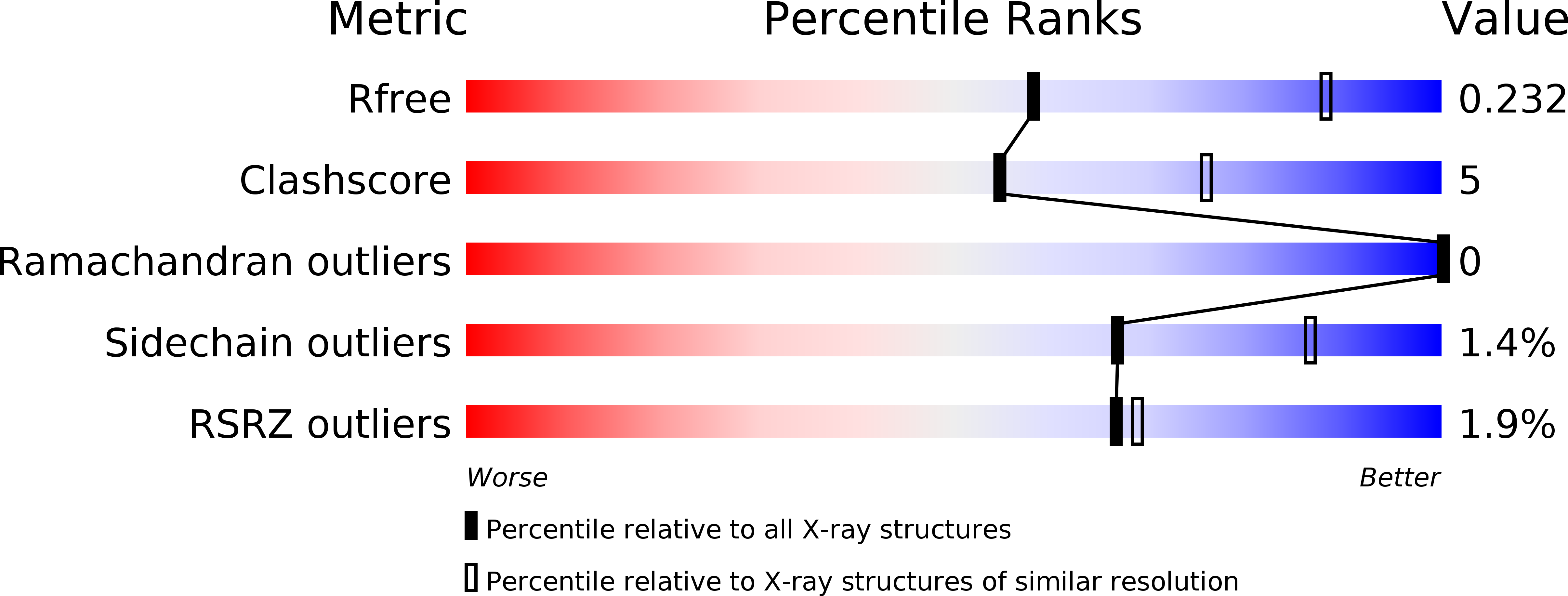
Deposition Date
2020-02-16
Release Date
2020-06-24
Last Version Date
2023-11-29
Entry Detail
Biological Source:
Source Organism:
Human herpesvirus 8 (Taxon ID: 37296)
Staphylococcus aureus (Taxon ID: 1280)
Staphylococcus aureus (Taxon ID: 1280)
Host Organism:
Method Details:
Experimental Method:
Resolution:
2.70 Å
R-Value Free:
0.23
R-Value Work:
0.19
R-Value Observed:
0.19
Space Group:
P 1


